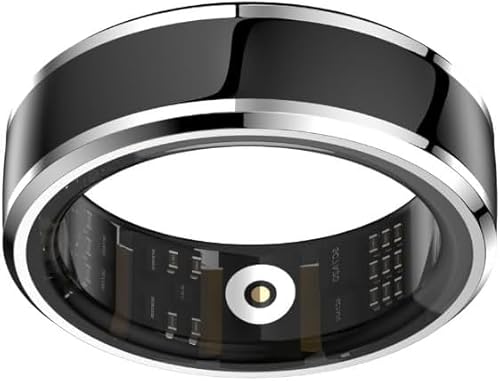TheGymGuy
Well-known member
Day 2? Shoot, I am going to walk out from ICU after 4-8 hours, and be the only person to be discharged on the same day after a procedure like this  Ha!
Ha!
I cannot wait for peer-reviews of this data, it would be great to really understand occurrence of some events vs others. Also, I do not mind 2-2.5 INR range at all. If we knew that sometimes dipping under 2.0 is also ok, would just be a great safety mechanism.
I cannot wait for peer-reviews of this data, it would be great to really understand occurrence of some events vs others. Also, I do not mind 2-2.5 INR range at all. If we knew that sometimes dipping under 2.0 is also ok, would just be a great safety mechanism.





















